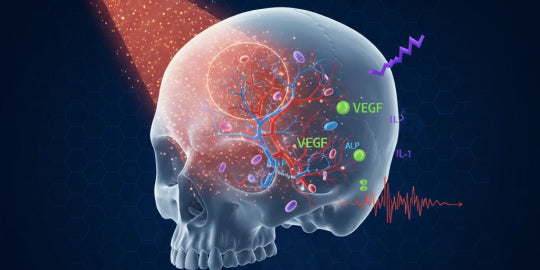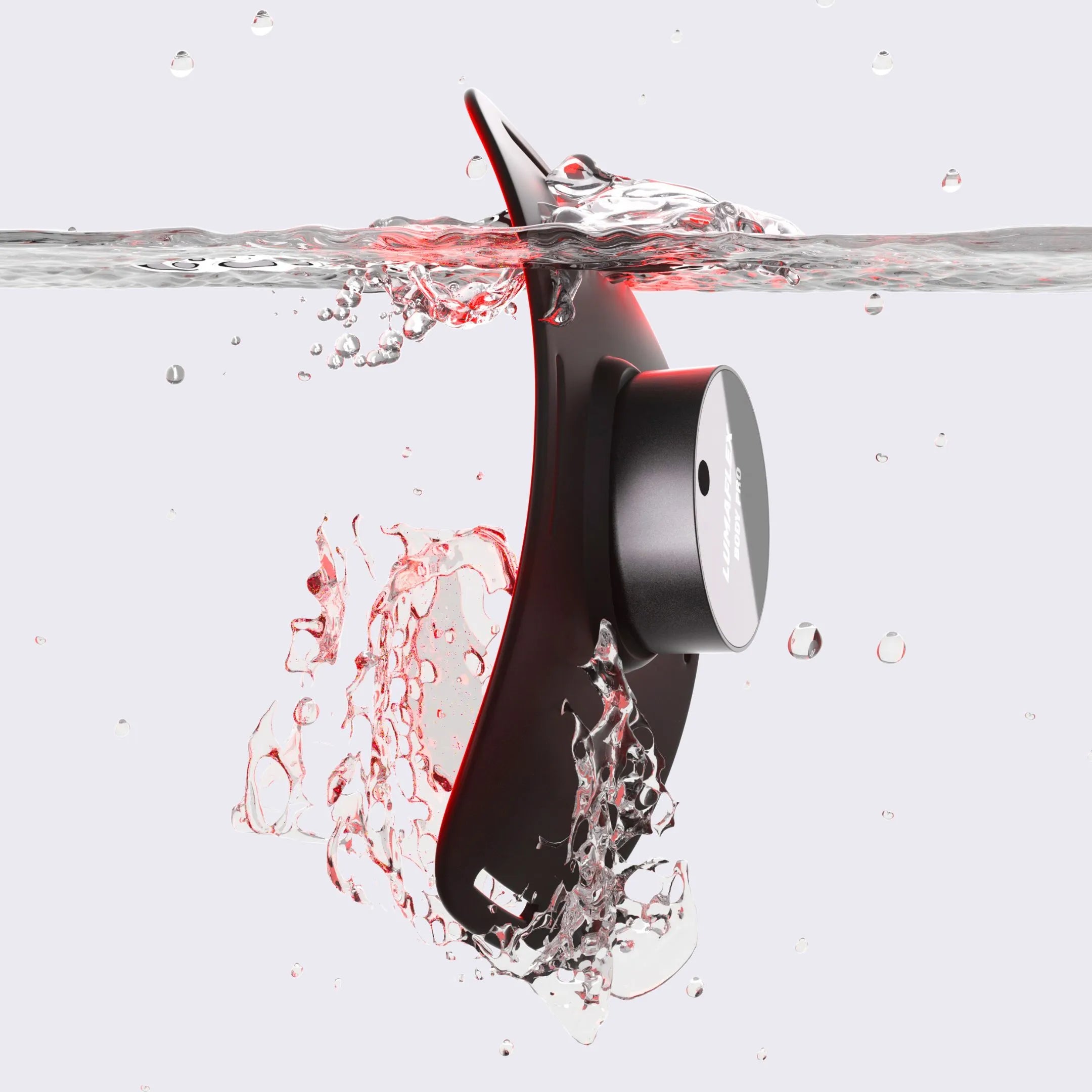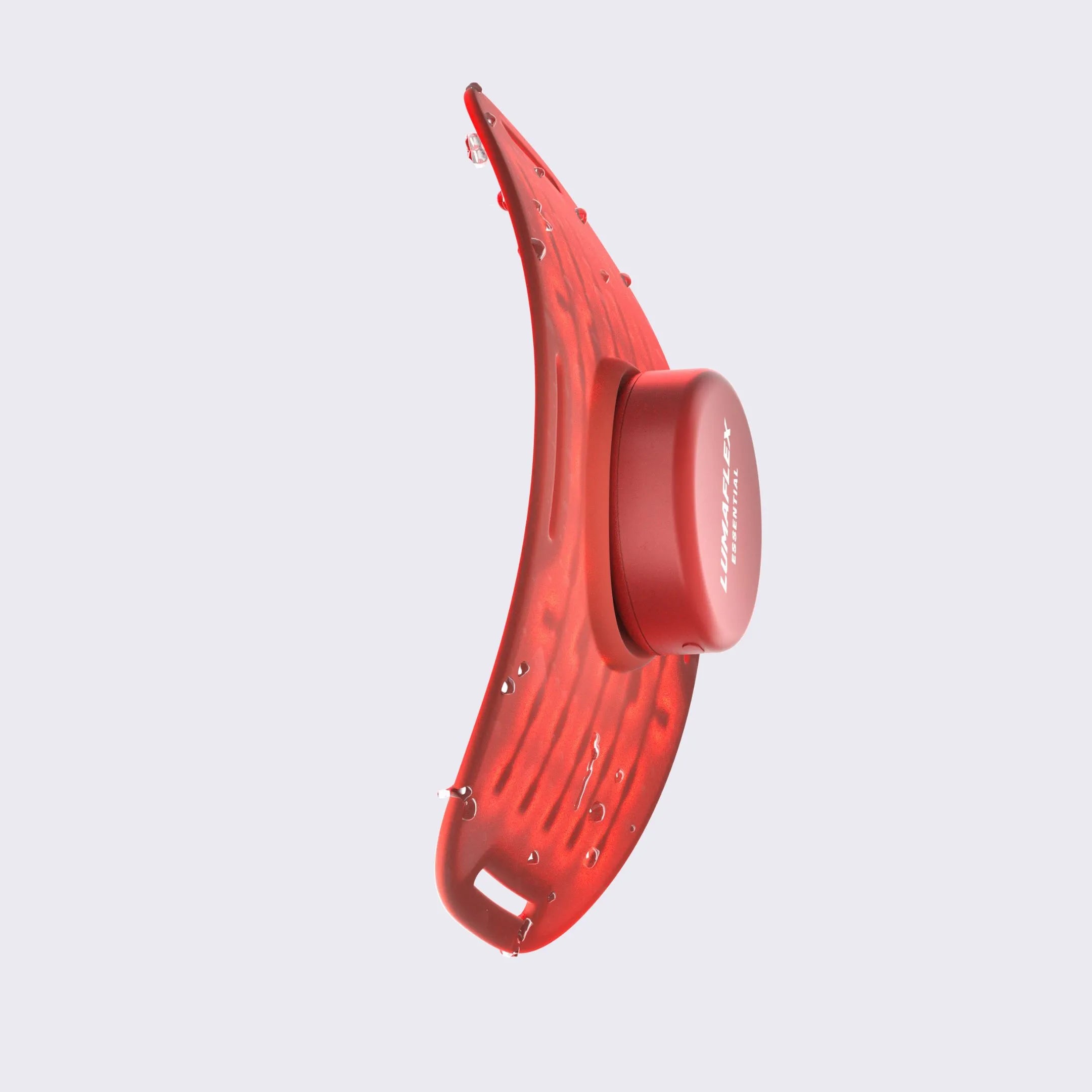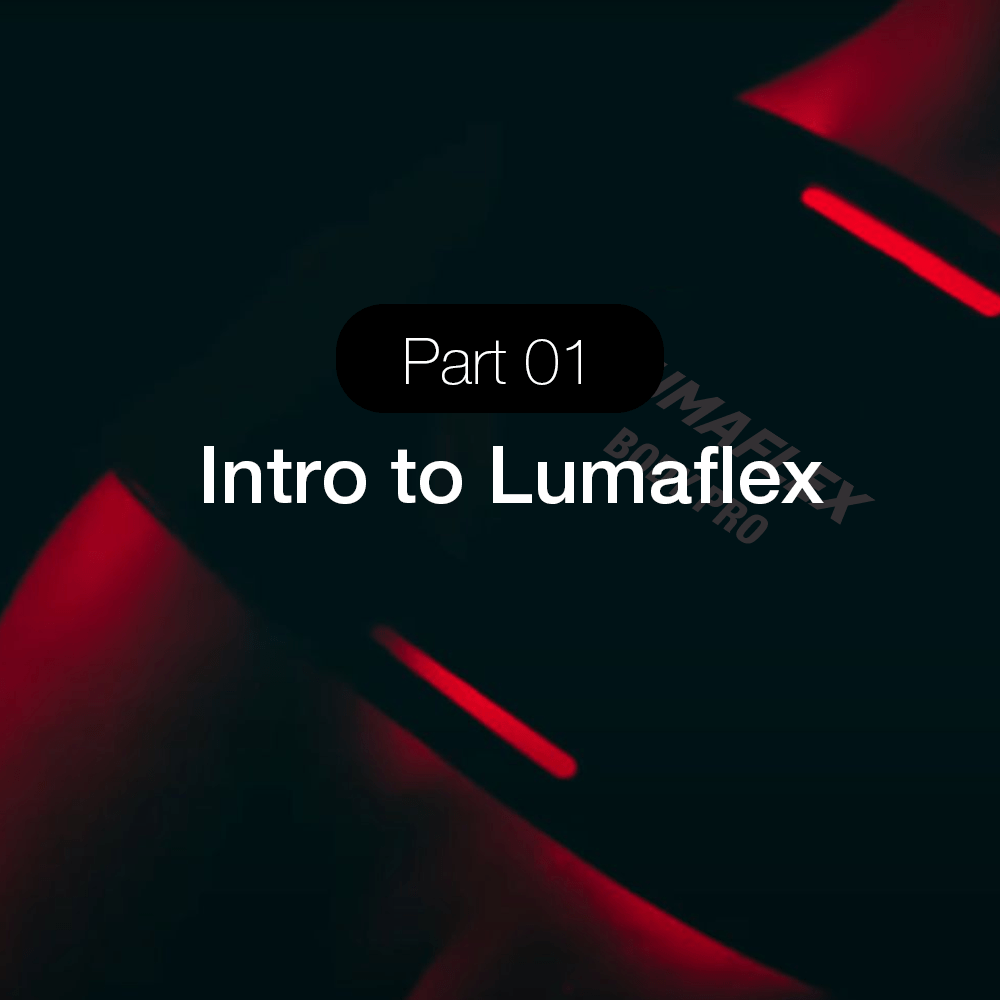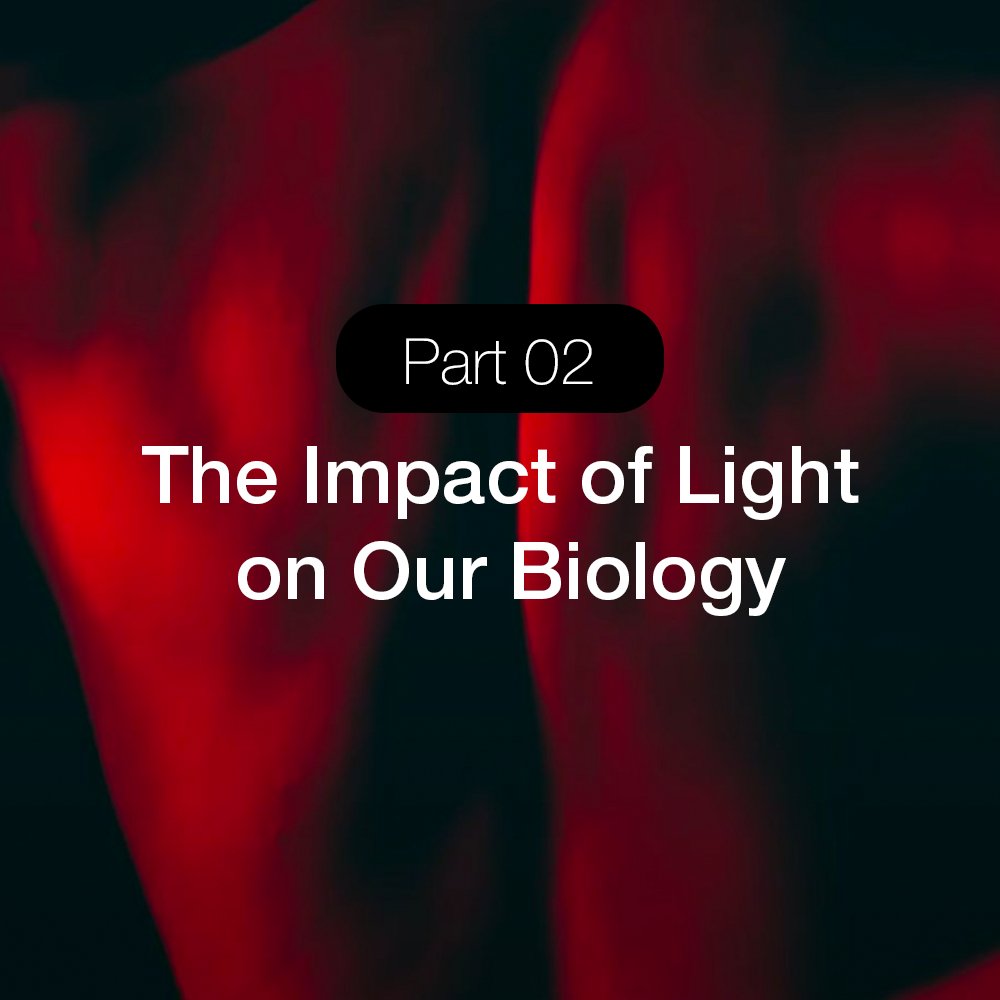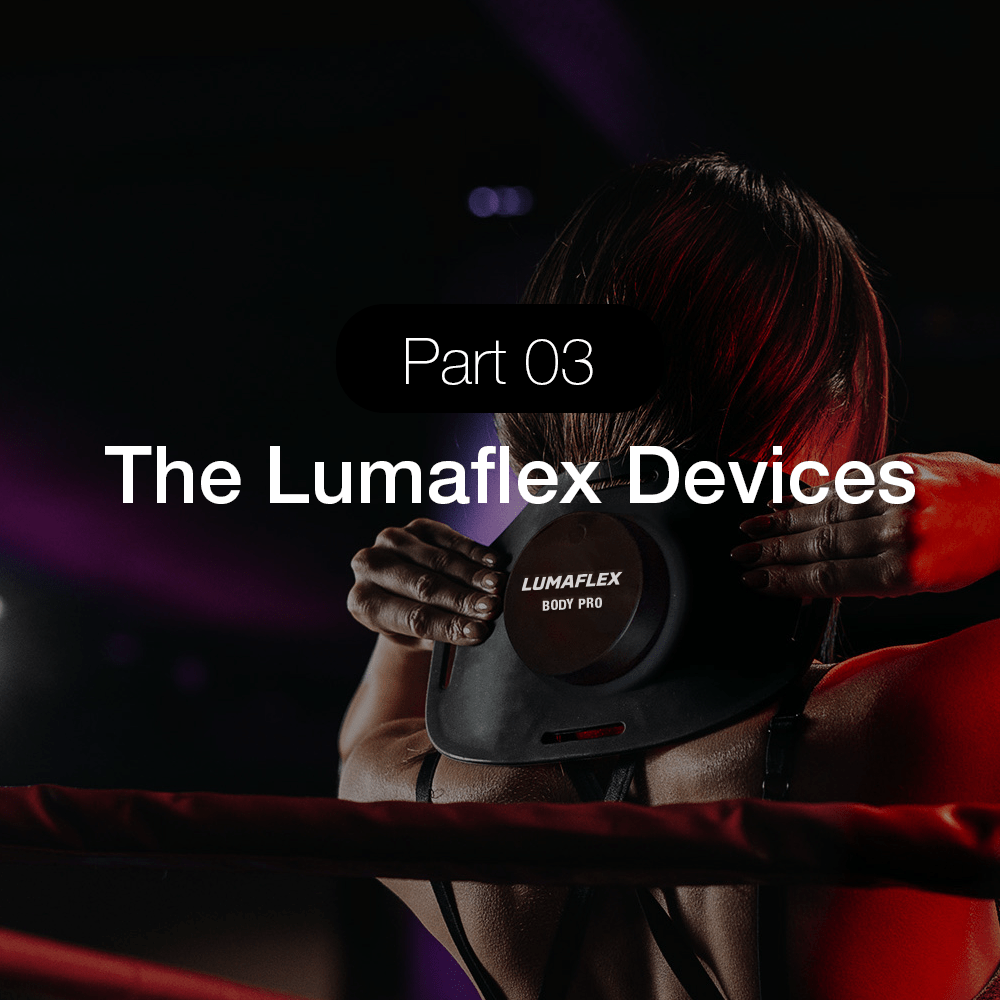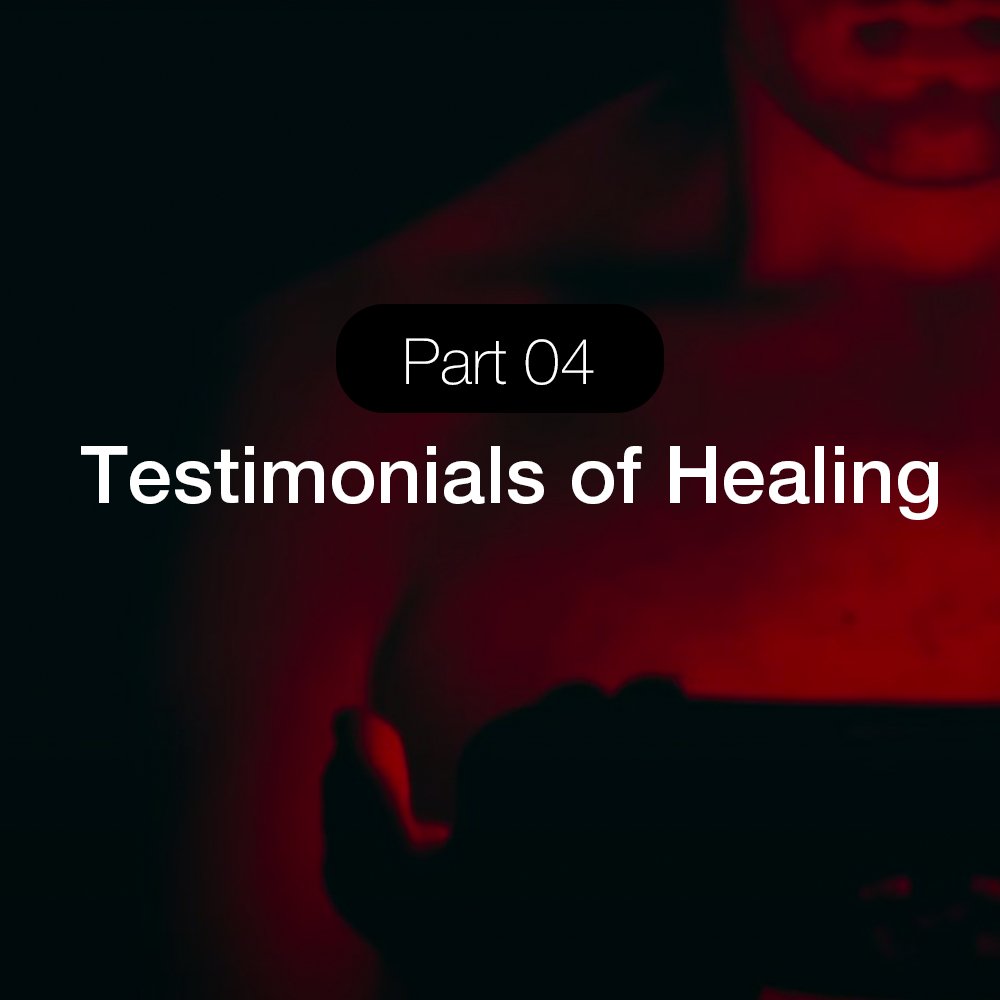810-histopathological, immunohistochemical, and molecular analysis
Study Overview
- Description: This study evaluated the effect of photobiomodulation therapy (PBMT) on angiogenic and inflammatory factors for bone regeneration in a rat model of post-surgical cranial defects.
- Source: PubMed
Summary
- Background: Post-surgical bone defects require new alternative approaches for a better healing process. PBMT has been used to improve healing, reduce pain and inflammation, and promote tissue rejuvenation.
- Participants: Thirty male Wistar rats, each with an 8-mm critical-sized calvarial defect.
- Intervention: A continuous diode laser was used (wavelength 810 nm, power density 100 mW/cm², energy density 4 J/cm²) for PBMT.
- Methods:Bone samples were assessed histomorphometrically and histologically after Hematoxylin and Eosin (H&E) staining.ALP, PTGIR, OCN, and IL-1 levels were measured by RT-PCR.VEGF expression was studied by immunohistochemistry (IHC) analysis.
- Bone samples were assessed histomorphometrically and histologically after Hematoxylin and Eosin (H&E) staining.
- ALP, PTGIR, OCN, and IL-1 levels were measured by RT-PCR.
- VEGF expression was studied by immunohistochemistry (IHC) analysis.
- Results:The level of IL-1 expression decreased significantly in the PBMT group compared to the control after 7 days (p < 0.05).The PTGIR level was significantly improved compared to the control group after 7 days.Levels of OCN and ALPimproved after PBM use; however, the alterations were not statistically meaningful (p > 0.05).Evaluation with IHC displayed a significant rise in VEGF expression after 3 days in the PBMT group compared to the control (p < 0.05).
- The level of IL-1 expression decreased significantly in the PBMT group compared to the control after 7 days (p < 0.05).
- The PTGIR level was significantly improved compared to the control group after 7 days.
- Levels of OCN and ALPimproved after PBM use; however, the alterations were not statistically meaningful (p > 0.05).
- Evaluation with IHC displayed a significant rise in VEGF expression after 3 days in the PBMT group compared to the control (p < 0.05).
- Conclusion: The results showed meaningful alterations in osteogenic, inflammatory, and angiogenic mediators in the post-surgical calvarial defect following PBMT. It appears that PBM can accelerate angiogenesis in the bone healing procedure, which may be helpful in bone tissue engineering.

